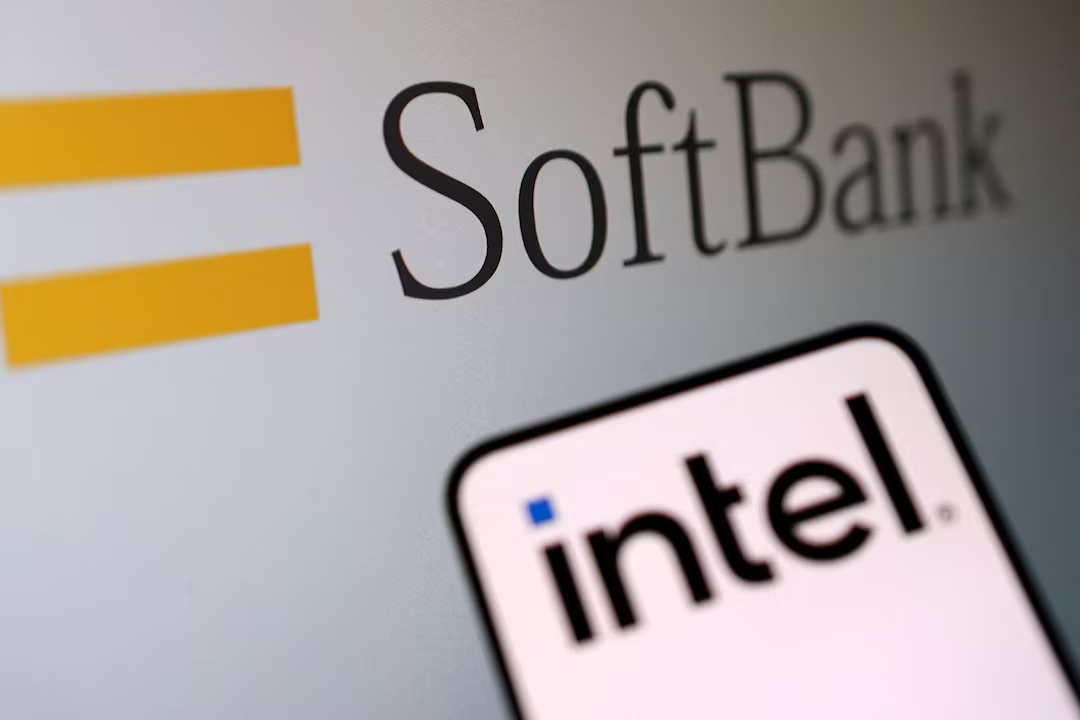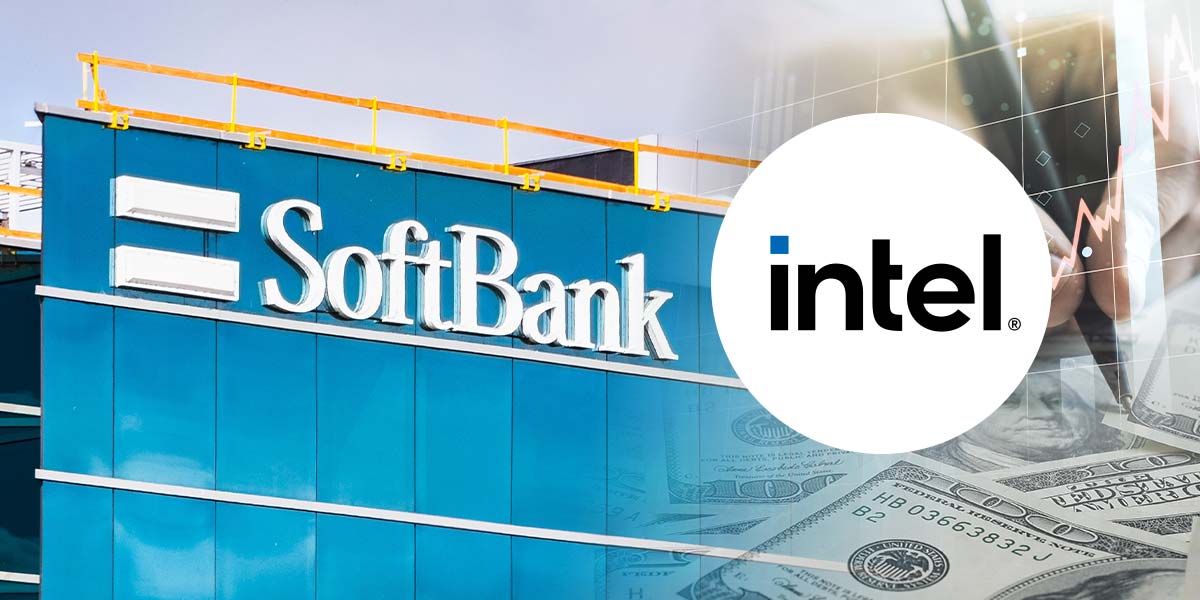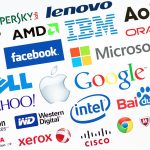Intel’s future just took a dramatic turn as SoftBank’s $2 billion bet sent shockwaves through Wall Street and reignited Washington’s high-stakes push to secure America’s chip supply.
In a dramatic twist for the beleaguered chipmaker, SoftBank has swooped in with a $2 billion equity injection—just hours after whispers of a potential 10% U.S. government stake rattled the markets. Intel shares surged in after-hours trading, signaling renewed hope for a turnaround.
SoftBank Steps In: What’s the Deal?
Japanese investment magnate SoftBank confirmed it will purchase approximately 87 million newly issued Intel shares at $23 each, representing just under 2% of the company—making it Intel’s sixth-largest shareholder according to The Wall Street Journal. The move pushed Intel’s stock up around 4.5–6% in after-hours trading.
SoftBank’s CEO, Masayoshi Son, framed this as a vote of confidence in U.S. semiconductor leadership, particularly amid AI-driven demand. As Reuters noted, although the capital infusion is modest compared to Intel’s projected 2025 capex (~$16.5 billion), the deal helps restore investor optimism, especially given SoftBank won’t seek a board seat or commit to buying chips.
Washington’s Role: Is the Government Buying In Too?
Separately, the Trump administration is reportedly negotiating a deal to convert up to $10.9 billion in Chips Act subsidies earmarked for Intel into a 10% stake in the company—potentially making the U.S. government its largest shareholder. Earlier reports suggested up to $8 billion in funds might be converted into equity.
The Bloomberg-based disclosure triggered a stock decline of over 3% amid investor concerns over dilution and the implications of government ownership as per Barron's. As analysts highlight, Intel still needs strong customer commitments to commercialize its next gen AI chips and regain competitiveness—with Samsung and TSMC continuing to dominate the global foundry space.

The SoftBank logo looms large as Intel’s emblem appears on a phone screen — highlighting the $2 billion deal linking the two tech powerhouses.
Why This Matters (Beyond the Headlines)
This dual investor dynamic—SoftBank’s private-sector vote of confidence and Washington’s interest in equity—is a microcosm of the larger U.S. tech-industrial strategy. First, it underscores how Intel remains central to domestic semiconductor ambitions. Second, it raises thorny questions about corporate autonomy and whether firms may face political pressure in “strategic” industries. Lastly, it shines a light on CEO Lip-Bu Tan’s balancing act after public pressure from the president over alleged China ties, now followed by cautious praise.
Extra Insight: Amid Intel’s Challenges
Intel continues to grapple with mounting headwinds. It posted a net loss of $2.9 billion in Q2 and has delayed its long-planned Ohio fabrication facility—a key milestone tied to the Chips Act funds. These setbacks come as the company lags behind Samsung and TSMC in manufacturing scale and tech sophistication.
SoftBank’s AI ecosystem—including its Stargate project with OpenAI—could offer future synergies. Still, Intel’s core needs remain unchanged: a revitalized product roadmap, firm customer commitments, and operational execution.
FAQ's (People Also Ask)
What percentage of Intel does SoftBank now own?
SoftBank’s $2 billion purchase gives it just under 2% of Intel’s shares, making it the sixth-largest shareholder.
Could the U.S. government’s stake be bigger than SoftBank’s?
Yes. If the U.S. converts Chips Act funding into a 10% equity stake, it would become Intel’s single largest shareholder, eclipsing SoftBank's position.
Why is Intel struggling with its Ohio chip plant?
The Ohio facility has experienced delays and cost overruns, raising concerns among lawmakers over Intel’s production commitments tied to grant conditions under the Chips Act.
What implications could government involvement have?
A U.S. government stake blurs the line between public and private sectors, prompting debate over political influence on business decisions in strategic areas such as semiconductors.
Final Thoughts
SoftBank's bold move reenergizes Intel when it most needs it—but by no means solves all its problems. With the possibility of government ownership looming large, the coming weeks will determine whether this dual backing offers Intel a genuine lifeline or just a temporary reprieve.














